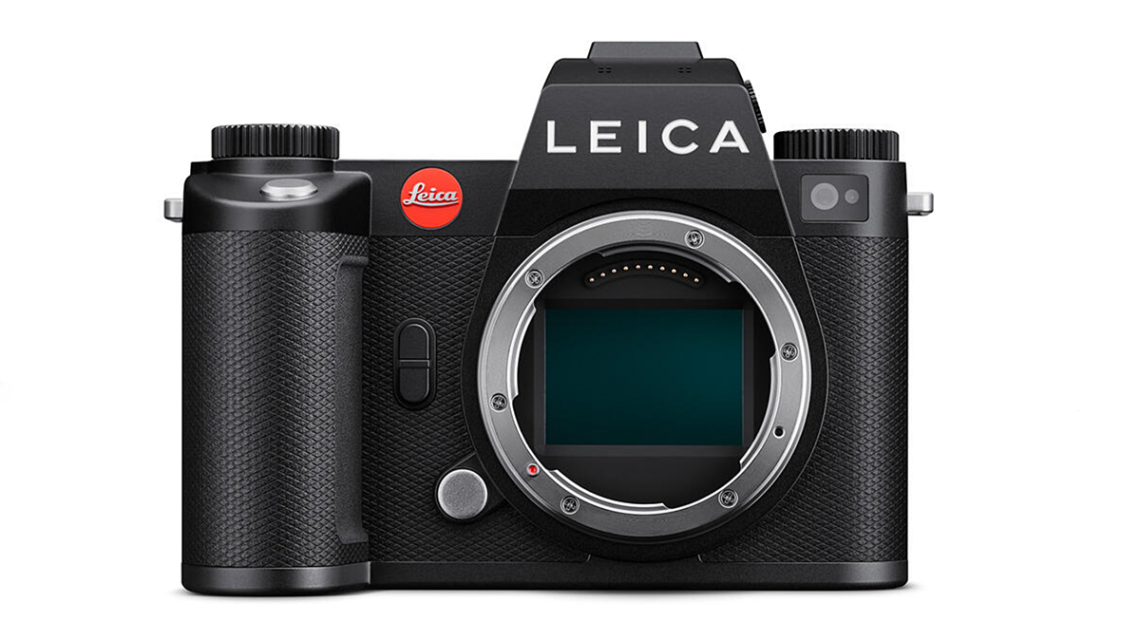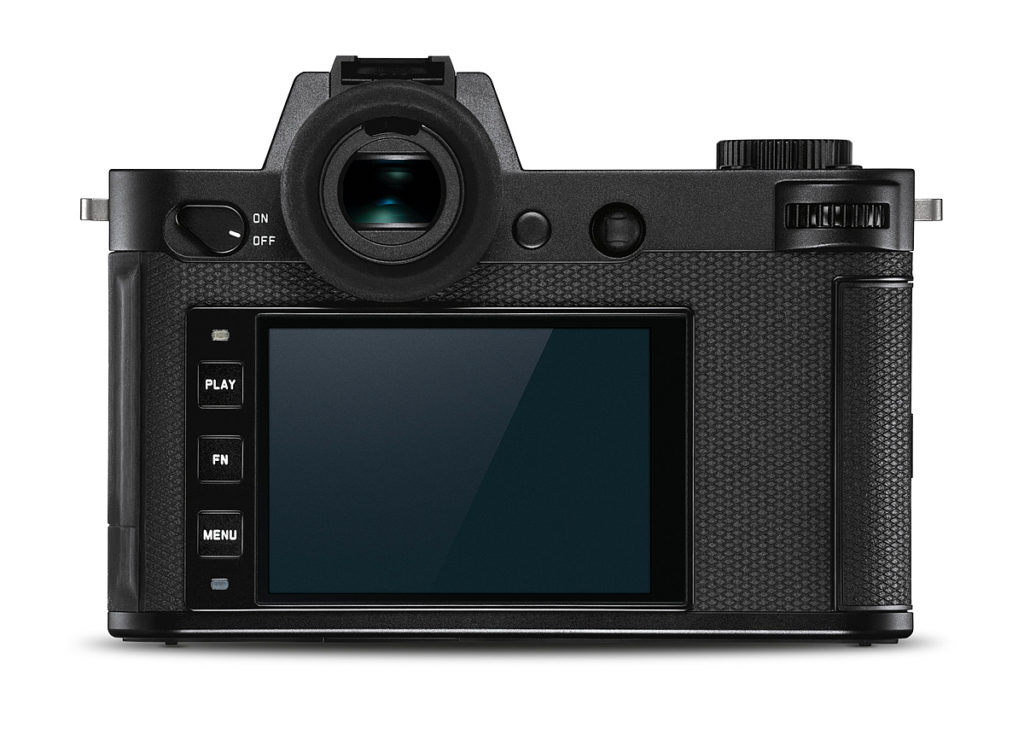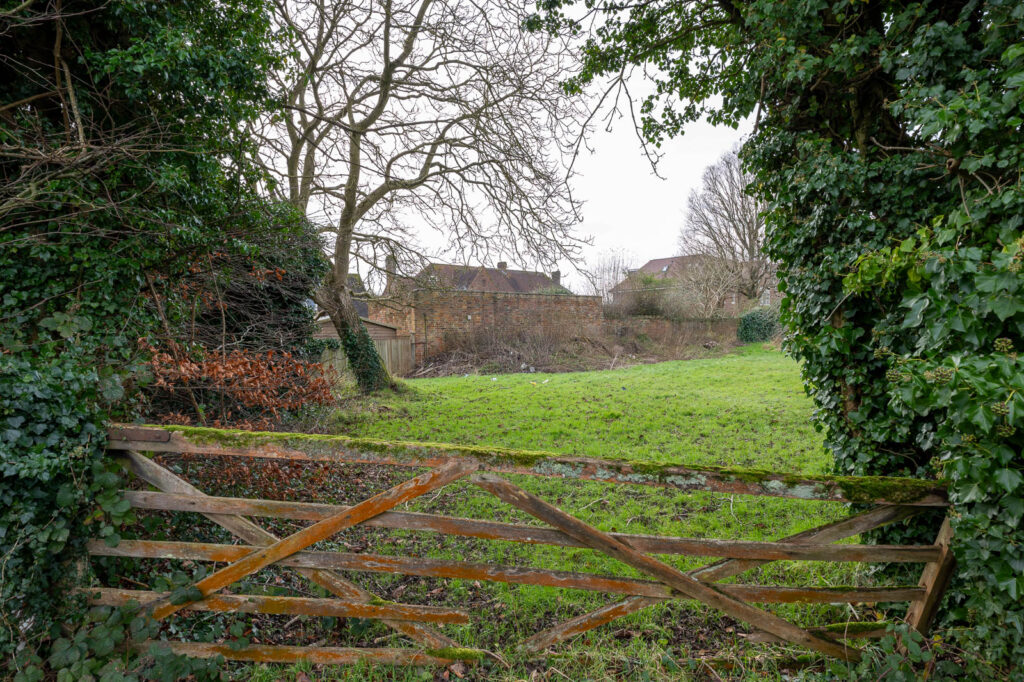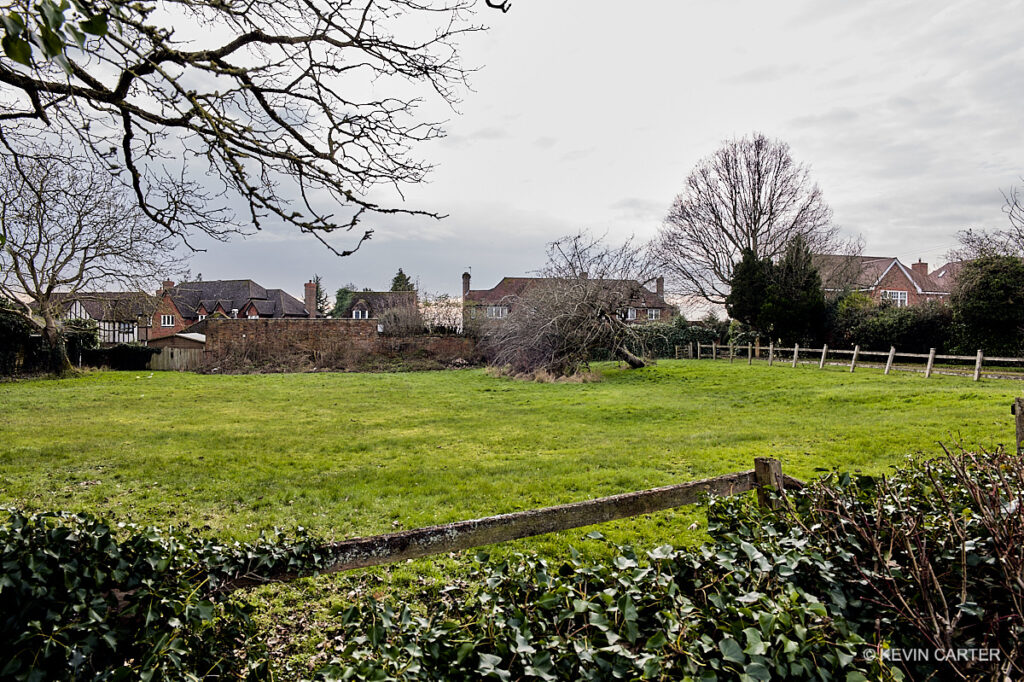
Leica SL3 review
The Leica SL3 is the third in the series of mirrorless models, which started with the magnificently minimalist 24 MP Leica SL. I take a look at what’s changed and why you should buy it.
What is it?
The SL3 is the latest in the series and adopts the same body style as the 47 MP Leica SL2 and the 5-axis IS from that model, which was missing from the original SL. The headline specs are the increase in sensor resolution to 60 MP and the inclusion of hybrid AF with Depth from Defocus (DFD) tech to aid focusing accuracy. Fortunately, the photographer doesn’t need to know how this works, as the camera handles that without any input from the user, and it works regardless of AF mode in use.
Autofocus is so complicated these days on rival systems that unless the photographer can set it up successfully, they’re unlikely to benefit from it fully. That’s fine, perhaps, for professionals who are working with a particular camera every day and get to know what works best for them in certain use cases, but for those who use it only occasionally, even in genre-specific cases such as sports or action photography, they’re not likely to achieve the same success rate. Lens choice, naturally, plays a huge role in this and mostly applies to telephoto lenses and highly dynamic subject matter.
Key specs
- 60MP full-frame BSI CMOS sensor
- 5-axis sensor stabilisation (up to 5 stops correction)
- ISO 50-100,000 (dual gain ISO 100 & 320)
- Hybrid (phase/contrast-detect) AF with eye/face/body and animal detection
- DCI 8K video in H.265, 1080p in ProRes, no time limits
- 5.76M dot OLED EVF up to 120fps refresh rate
- 2.33M dot tilting rear touchscreen
- 5fps (12-bit) 4fps (14-bit) with AF/AE, up to 15 fps (12-bit) with AF/AE locked.
Layout and Controls
Menus and control features also now follow the same layout and functions as the Leica Q3 models and mostly the M11 series (save for the three buttons next to the screen, which have moved to the right side), so switching between them requires less reflexive cognition. The ergonomics differ, obviously, but the Leica SL3 shares so much DNA with those models that the similarities are a significant benefit if you’re invested in those models.
The body is metal (magnesium and aluminium) and solid like no other. I was surprised that it didn’t feel particularly heavy by itself, unlike the previous models. That said, once the 21mm lens provided for the review was mounted, the perception changed somewhat when loaded in my shoulder bag. Back in my hands, though, the Leica SL3 with the lens felt different again: reassuringly solid, yes, but agile and responsive.
 No markings mean each button and dial is customisable.
No markings mean each button and dial is customisable. A lot of that has to do with the camera’s outstanding design layout. Depending on the exposure mode selected, two customisable dials on the top plate plus the rear command-style dial can be reassigned to ISO, EV comp, shutter speed or aperture selection. In manual exposure mode, for example, I set the left-hand dial to control shutter speeds and the right-hand to aperture selection – the Leica SL lenses being bereft of aperture or programmable rings. Finally, the rear dial I set to select ISO.
Aperture and Shutter priority modes can be set up similarly, but with the dial for the variable in each instance re-assigned for EV compensation. In fairness, rivals offer similar customisation, but I can’t think of another that has a programmable dial to the left of the viewfinder (from the rear). So often, the left hand isn’t used much, if at all, in camera operation these days. While retro-inspired, perhaps, that’s not a bad thing. I found it particularly useful when working from above the camera, and the easy-to-read top-plate LCD or the rear, fold-out touch-screen complements that operation.
I prefer the layout to the Leica SL2, which has only one dial on the top plate plus the rear dial, but the buttons on the rear are now on the right side of the screen, more like the Leica Q2/3 and away from the Leica M. If you work with all three, how this change will impact you might be an issue untill you get used to it. I didn’t find it much of a problem, as the function hasn’t changed, only the position. What’s more, the addition of a flip-out screen more than made up for the new layout, but then I’m a bit more dextrous with my right hand and thumb than my left.


Another standout design feature of the Leica SL3 is how deliberately the stills and video modes are separated. It’s easy to overlook that the SL3 has some serious video capabilities. For example, it can capture video at up to DCI 8K at 30 fps and 4K video at up to 60 fps. However, I didn’t test the video on this occasion and instead concentrated on the camera’s stills performance.
One feature I mistakenly thought it had was a multi-shot option. That is only found on the SL2-S and now the SL3-S. I suspect this may be due to rumours of a medium-format mirrorless model being developed. While the Leica SL3 serves as an excellent platform for research and development for such a model, the possibility of a theoretical 240 MP multi-shot feature on the SL3 seems unlikely anytime soon.
On a related note, I hope that when a Leica medium-format mirrorless model is announced, it will feature a reliable adapter with autofocus and communication support for S-series lenses. This would provide immediate access to a wide range of exceptional lenses, including those with leaf shutters, easing the development burden for Leica and reducing the initial investment for users of the new camera. Leica already offers a (somewhat pricey) adapter for S lenses to fit the SL3 and one for M lenses. It is this forward-thinking approach that enhances the flexibility and appeal of the SL system for professionals.
How does it perform?
In use, I found that AF was fast and accuracy was excellent, especially in low light, though I must point out that I only had one lens – the 21mm – during the test period. A wide angle like this doesn’t stretch the AF capabilities, but I had no concerns at all. Indeed, AF was reassuringly excellent at all times, and after trying the various options for the better part of the duration of the test, I left it to Face AF. When there isn’t a face to focus on, it reverts to spot AF, where you can use the rear joystick to place the AF point anywhere in the frame. Admittedly, while the operation is similar to rivals, it felt highly reliable, though I should remind readers I only had a wide-angle to test and didn’t use it for full-length portraits. Should you want to override, there’s no AF/MF switch on the lens itself, so it makes sense to assign one of the many programmable function buttons to that.
The resolution is excellent, as you might expect, and the SL3 has the same triple-resolution (pixel-binning) options as the Leica M11, giving around 36 MP and 18 MP files should the user need them. That’s not surprising, really, as the two share a related sensor. While I appreciate that some people may prefer smaller files, I prefer handling such adjustments in post-production. What I would like to see are more efficient, lossless, and possibly even lossy saving options, as the native RAW files are around 70 MB (14-bit) or more, which isn’t exactly lightweight.
Still, you can’t fault the image quality. Noise levels are low, and the dynamic range at ISO 100 and second gain at ISO 400 (ISO 320, according to Leica) is excellent. What’s particularly impressive is the camera’s low-light performance. White balance under mixed lighting is, and it has a highly effective stabilisation system. As much of my recent personal work is made under low light and twilight, often handheld, the Leica SL3 particularly fits my working style. It might be expensive, but putting that aside for the moment, the Leica SL3 is hugely enjoyable to use, and it’s one of the most versatile and well-rounded cameras that I’ve come across. Couple that with the outstanding optical performance of the Super-Apo and Apo SL lenses, and you have a camera system that’s second to none in quality and a real delight to work with.
What’s Hot
Excellent IQ and DR from BSI CMOS
Low-light capabilities (OIS and AF accuracy)
Outstanding build and handling
Viewfinder (optics and screen) still one of the best
Fold-out screen for low and waist-level shots
What’s Not
No hi-res multi-shot option
Large-ish size RAW files (70 MB+), lossless/lossy options would be good
Comes with a premium price tag
With an RRP of £5,900 inc VAT, the Leica SL3 is available at the following retailers [some links are affiliates]:
WEX Photo (UK)| Park Cameras (UK) | Leica Camera (UK)
B&H Photo (US) | Adorama (US) | Leica Camera (US)
Disclosure: the camera was supplied by Leica UK for review
Technical Data
| Manufacturer | Leica |
| Model | Leica SL3 |
| Web | www.leica-camera.com |
| Sensor | 60 MP full-frame (35.9 x 25.0 mm) CMOS sensor |
| IBIS (stabilisation) | Up to 5 stops correction |
| ISO sensitivity | ISO 50 to 100,000 (expandable) |
| AF | 315 focus points and a hybrid AF system (dfd, contrast and phase detection) |
| Continuous shooting | Up to 15 frames per second (12-bit) with the electronic shutter |
| Video | 8K video recording at 30 fps and 4K video at up to 60 fps |
| Viewfinder | 5.76 million-dot OLED electronic viewfinder (EVF) with a refresh rate of up to 120 Hz |
| Display | 3.0-inch touchscreen LCD with 1.84 million dots, articulating |
| Connectivity | Wi-Fi and Bluetooth for remote control and image transfer |
| Battery | 1350 shots per charge (CIPA standard), approx. |
| Body | Weather-sealed body with magnesium and aluminium construction |
| Memory | CFe x 1 + 1 x SD card slot (compatible with UHS-II) |
| Dimensions (wxdxh) | 141 mm (5.5 inches) x 84.6 mm (3.33 inches) x 108 mm (4.25 inches) |
| Weight | 770 grams (1.7 pounds) |
Sample Images







